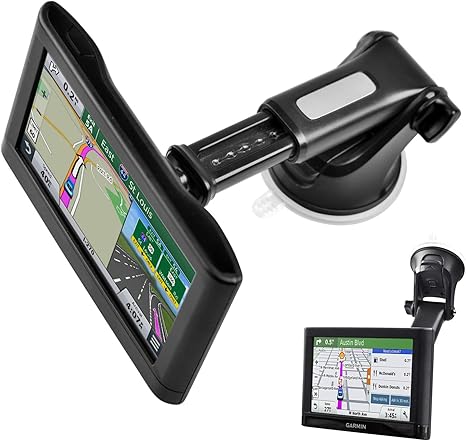Choosing a car GPS navigator can feel like navigating a maze itself! Two giants consistently top the lists: Garmin and TomTom. But which one reigns supreme? This in-depth comparison dives into the features, strengths, and weaknesses of both brands, helping you find the perfect co-pilot for your next road trip. We’ll cut through the marketing jargon and focus on what really matters to the average driver.
Navigation Accuracy and Map Updates: Finding Your Way
Accuracy is paramount in a GPS navigator. Both Garmin and TomTom employ robust GPS technology, generally providing accurate guidance. However, differences lie in the frequency and comprehensiveness of map updates. Garmin often boasts lifetime map updates with some models, meaning you’ll always have the latest road information. TomTom also offers map updates, though the specifics vary by device and subscription model. Consider the cost implications – lifetime updates can save money in the long run but might require a higher initial investment. Investigate the update processes for each brand; some are more seamless than others.
User Interface and Ease of Use: A Smooth Driving Experience
A clunky interface can be distracting and frustrating. Both brands strive for user-friendly designs, but their approaches differ. Garmin devices are known for their intuitive menus and clear displays, often featuring large, easy-to-read fonts. TomTom’s interface is generally considered equally user-friendly, but some users find specific features less intuitive than those on Garmin devices. Ultimately, personal preference will play a significant role here. Reading user reviews and watching videos showcasing the interface of specific models can help you make an informed decision.
Features Beyond Navigation: Extra Perks on the Road
Beyond basic navigation, both Garmin and TomTom offer a range of additional features. Consider the following:
- Traffic and Speed Camera Alerts: Both brands offer real-time traffic updates, significantly improving route planning. Speed camera alerts are also standard on many models, potentially saving you from unwanted fines. The accuracy and coverage of these features may differ between devices and regions.
- Points of Interest (POIs): Both Garmin and TomTom include extensive databases of POIs, ranging from gas stations and restaurants to tourist attractions. The ability to customize your POI database is another factor to consider. Some users prefer extensive preloaded options, while others need the flexibility to add their own.
- Hands-Free Calling: Many newer models incorporate Bluetooth connectivity for hands-free calling, a crucial safety feature. Check the specific model specifications, as this feature is not universal across all Garmin and TomTom devices.
- Smartphone Integration: Integration with smartphone apps adds functionality, allowing for seamless access to contacts, music, and other applications. Compatibility with both Android and iOS is a vital consideration.
Price and Value: Finding the Sweet Spot

Pricing varies significantly across the Garmin and TomTom product lines, reflecting the differences in features and functionalities. While some entry-level models are affordable, top-of-the-line devices with advanced features can be considerably more expensive. Weigh the features against your budget to determine the best value for your money. Don’t forget to factor in the cost of map updates – lifetime updates can be a significant long-term cost-saver.
Specific Model Comparisons: Diving Deeper

Rather than making broad generalizations, comparing specific Garmin and TomTom models is more insightful. For example, you might compare the Garmin DriveSmart 55 to the TomTom Go Premium. Each boasts its own strengths: one might excel in voice commands, while the other boasts a superior screen resolution. Online reviews and comparison websites offer detailed specifications and user experiences, providing a granular level of comparison.
Choosing the Right Navigator: Your Personal Needs

The “best” GPS navigator depends entirely on your individual needs and preferences. Consider the following questions:
- How frequently do you drive? If it’s only occasional, a basic model might suffice. Frequent drivers will benefit from more advanced features and potentially lifetime map updates.
- What are your priorities? Do you value accuracy above all else? Or is ease of use more important? Consider what features are truly essential for your driving habits.
- What’s your budget? Establish a clear budget before you begin your search to avoid impulse purchases.
Conclusion: Navigating Your Decision

The Garmin vs. TomTom debate doesn’t have a single winner. Both brands offer high-quality GPS navigators with varying strengths and weaknesses. By carefully considering your individual needs and preferences and comparing specific models side-by-side, you can confidently choose the perfect navigational companion for your driving adventures. Remember to read user reviews, compare features, and factor in cost before making your final decision. Happy driving!



